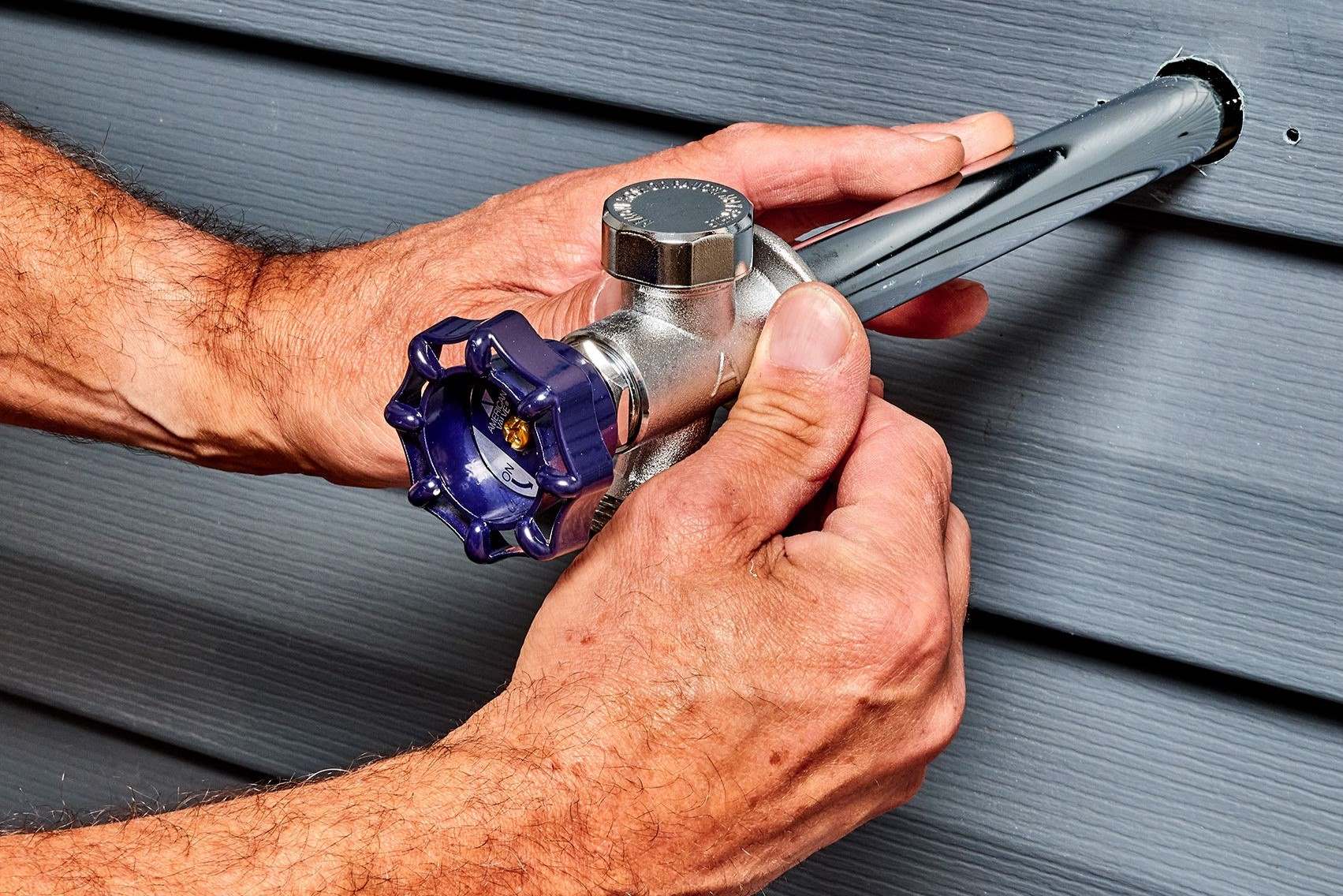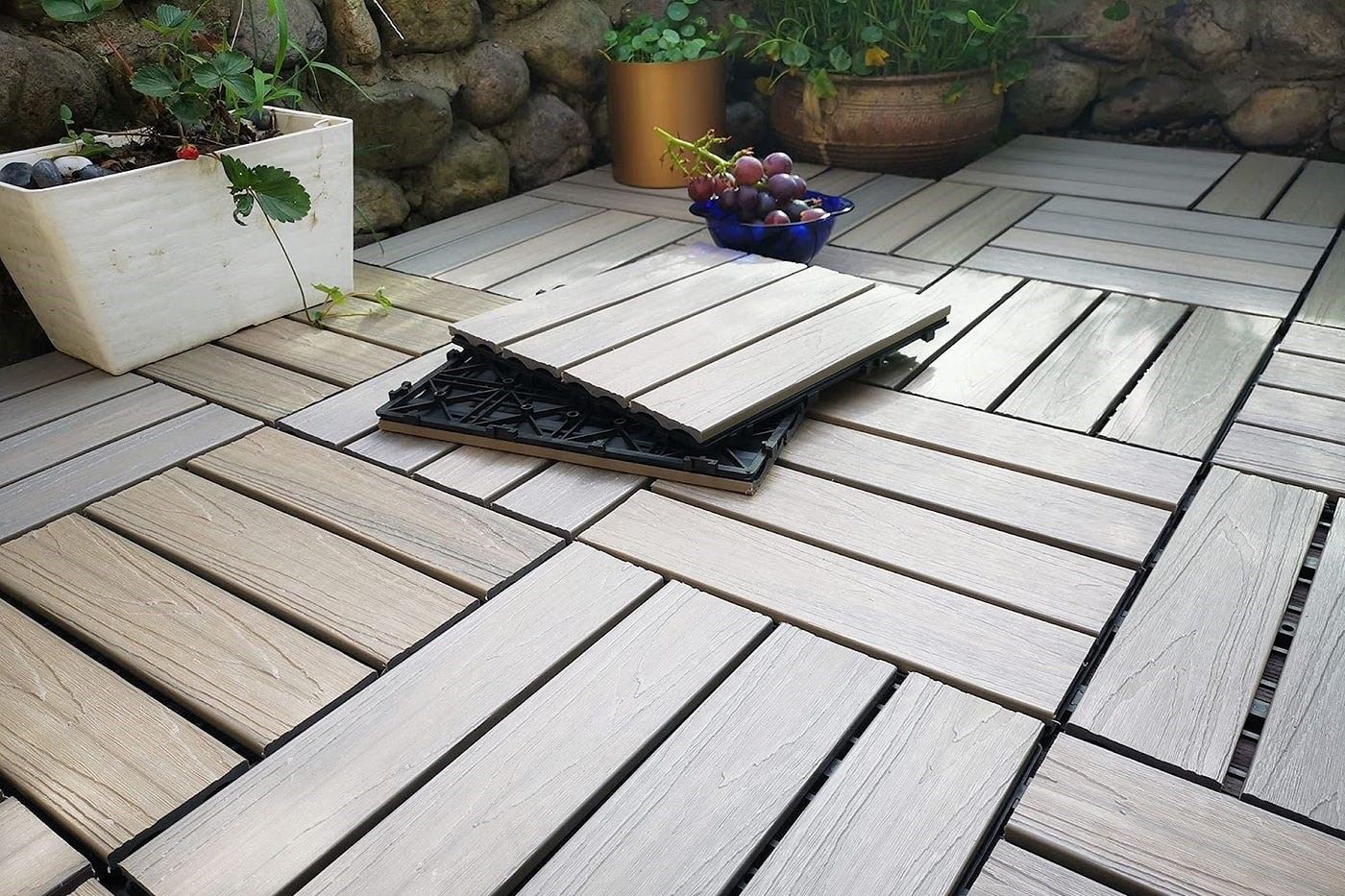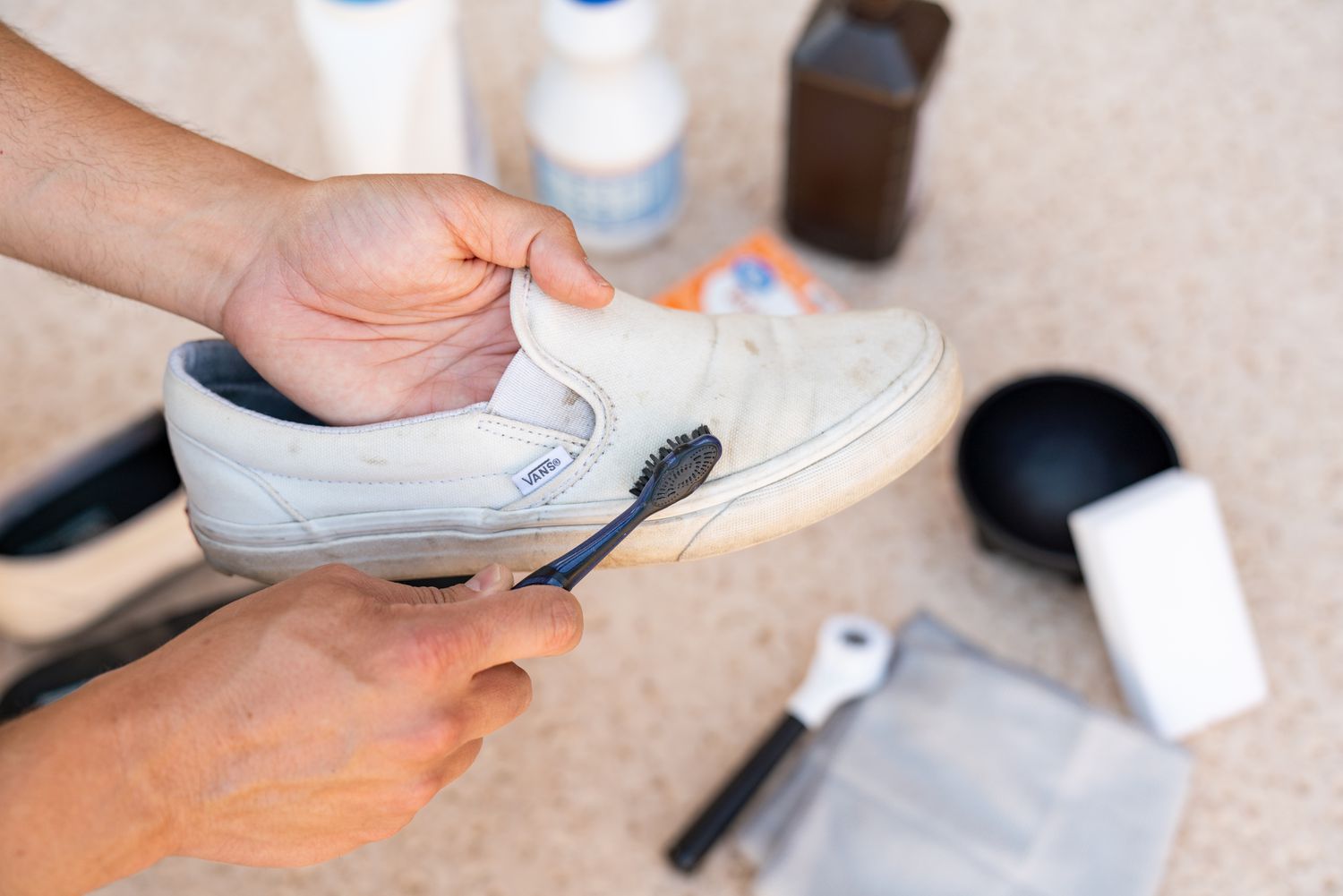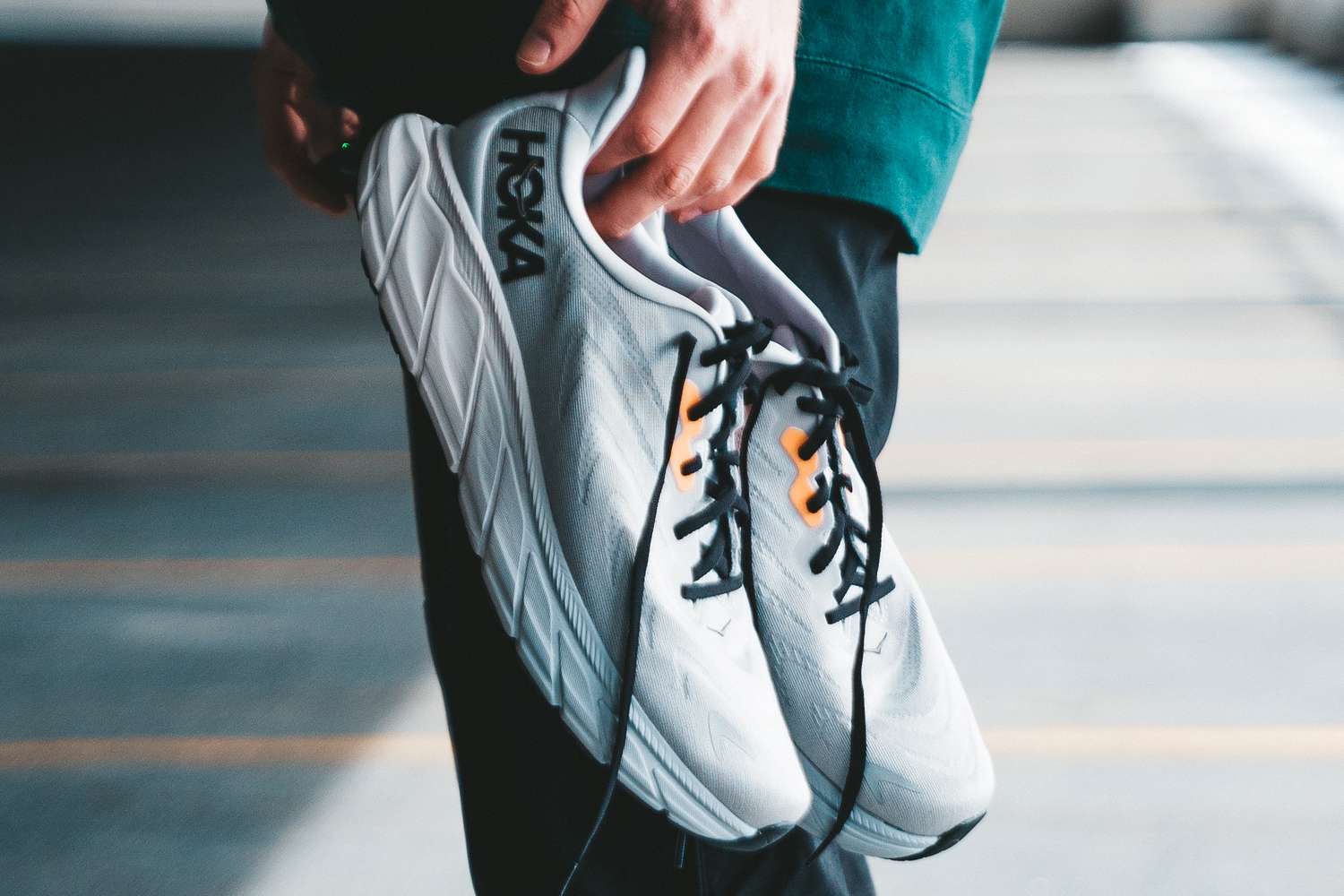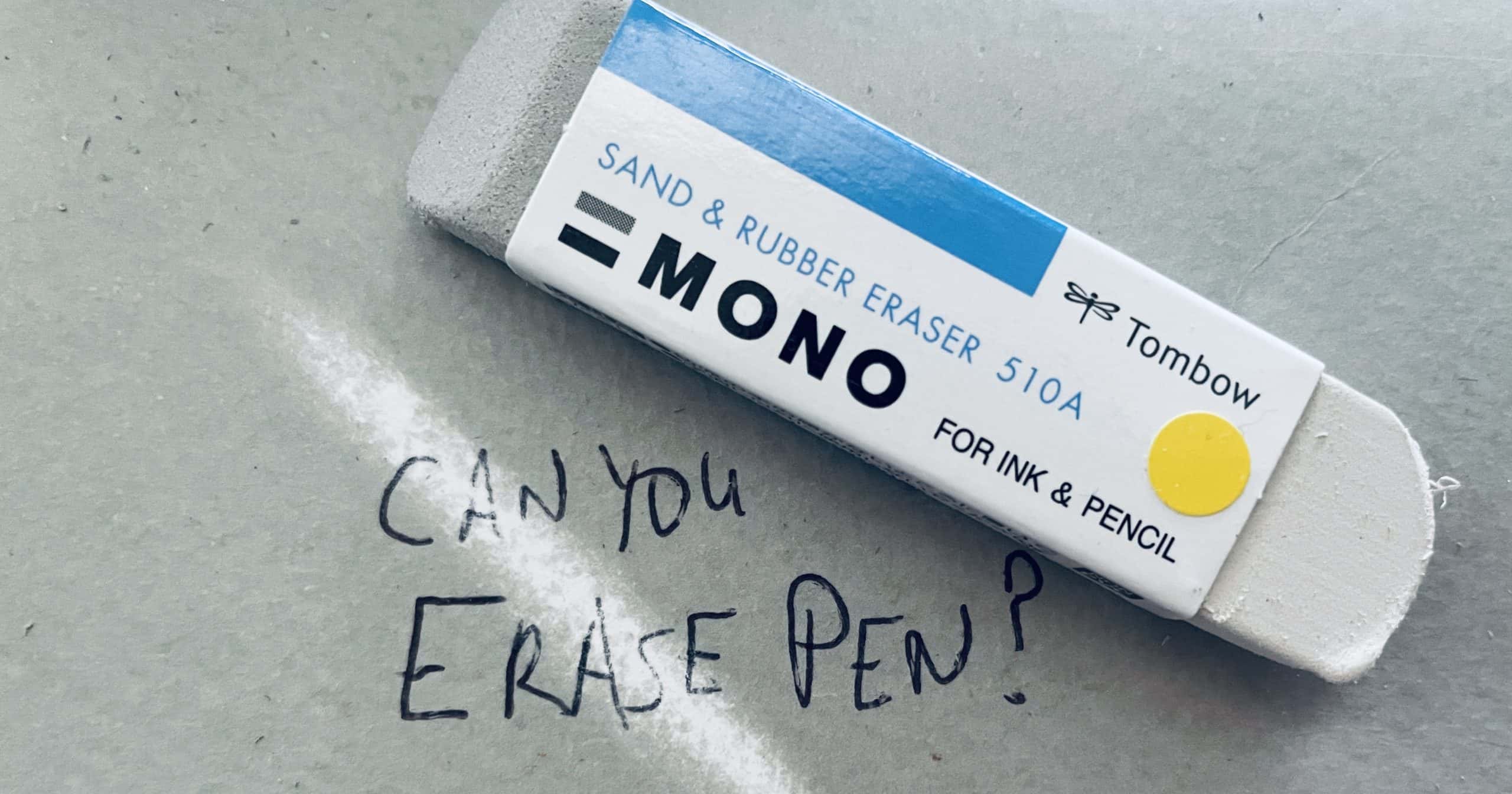Home>Home and Garden>How To Clean Outdoor Rug


Home and Garden
How To Clean Outdoor Rug
Published: March 2, 2024
Learn the best methods for cleaning outdoor rugs to keep your home and garden looking fresh and inviting. Discover tips and techniques for maintaining your outdoor rug's beauty.
(Many of the links in this article redirect to a specific reviewed product. Your purchase of these products through affiliate links helps to generate commission for Noodls.com, at no extra cost. Learn more)
Table of Contents
Introduction
Cleaning an outdoor rug is an essential part of maintaining its appearance and prolonging its lifespan. Outdoor rugs are exposed to various elements such as dirt, dust, pollen, and moisture, making them susceptible to stains and discoloration. By implementing a regular cleaning routine, you can preserve the beauty and functionality of your outdoor rug, ensuring that it remains a welcoming and aesthetically pleasing addition to your outdoor space.
Regular cleaning not only enhances the visual appeal of the rug but also contributes to a healthier outdoor environment. Pollutants and allergens can accumulate in outdoor rugs over time, potentially impacting the air quality in your outdoor living area. By keeping your outdoor rug clean, you can create a more enjoyable and comfortable outdoor space for relaxation and entertainment.
In this comprehensive guide, we will walk you through the step-by-step process of cleaning your outdoor rug effectively. From removing surface debris to addressing stubborn stains, we will cover all the necessary techniques to restore your outdoor rug to its pristine condition. Additionally, we will provide insights into maintaining the rug's cleanliness and appearance over time, ensuring that your outdoor rug continues to enhance the ambiance of your outdoor living area.
By following the methods outlined in this guide, you can take proactive measures to safeguard your outdoor rug against wear and tear, allowing you to enjoy its beauty and functionality for years to come. Let's embark on this cleaning journey together and discover the transformative power of a well-maintained outdoor rug.
Read more: How To Clean A Shag Rug
Step 1: Shake out the Rug
Shaking out the outdoor rug is the initial and crucial step in the cleaning process. This simple yet effective method helps to dislodge loose dirt, debris, and dust that may have accumulated on the surface and within the fibers of the rug. By removing these surface contaminants, you can significantly improve the overall cleanliness and appearance of the rug.
To begin, take the outdoor rug to an open outdoor area, such as a patio, deck, or yard. Holding one end of the rug firmly, vigorously shake it to loosen and dislodge the embedded dirt and debris. As you shake the rug, you will notice a cloud of dust and particles being released, indicating the effectiveness of this process.
It's important to ensure that you shake the rug thoroughly, paying attention to all areas, including corners and edges. By doing so, you can dislodge as much dirt and debris as possible, preparing the rug for the subsequent cleaning steps.
In addition to shaking the rug, you can also use a broom or a handheld brush to gently beat the surface of the rug. This action helps to further loosen and remove stubborn dirt and debris that may be trapped within the fibers. By combining shaking with gentle beating, you can achieve a more thorough removal of surface contaminants, setting the stage for the next steps in the cleaning process.
Once you have completed the shaking and beating process, take a moment to inspect the rug for any remaining debris or particles. If necessary, repeat the shaking and beating process until the rug appears visibly cleaner and free of loose contaminants.
By shaking out the outdoor rug, you have successfully eliminated a significant portion of the surface dirt and debris, laying the foundation for the subsequent cleaning steps. This proactive approach sets the stage for a more effective and comprehensive cleaning process, ensuring that your outdoor rug receives the care and attention it deserves.
Step 2: Vacuum the Rug
After shaking out the outdoor rug to remove loose dirt and debris, the next vital step in the cleaning process is to vacuum the rug thoroughly. Vacuuming is essential for extracting embedded dirt, dust, and smaller particles that may remain within the fibers of the rug. This step not only enhances the cleanliness of the rug but also contributes to the maintenance of its appearance and texture.
Begin by using a vacuum cleaner with a brush or beater bar attachment specifically designed for outdoor rugs. This attachment is effective in dislodging and lifting dirt and debris from the rug's surface and within the pile. Before starting, ensure that the vacuum cleaner is set to the appropriate height to prevent excessive friction and potential damage to the rug fibers.
When vacuuming the outdoor rug, it's important to cover the entire surface methodically, paying close attention to high-traffic areas and spots where debris may be more concentrated. Move the vacuum cleaner back and forth in overlapping strokes, allowing the brush or beater bar to agitate the fibers and extract embedded particles effectively.
For outdoor rugs with intricate patterns or textures, consider using a handheld attachment to reach areas that may be challenging to access with the standard vacuum head. This targeted approach ensures that all sections of the rug receive thorough cleaning, leaving no area untouched.
In addition to the rug's surface, pay attention to the rug's edges and corners, as dirt and debris can accumulate in these areas. Use the crevice tool or a specialized attachment to clean along the edges and corners, ensuring a comprehensive cleaning process.
If the outdoor rug has a reversible design, remember to vacuum both sides to remove dirt and debris that may have penetrated through the fibers. This proactive approach helps maintain the rug's overall cleanliness and prolongs its lifespan.
By vacuuming the outdoor rug, you are effectively removing embedded dirt and debris, contributing to a cleaner and more inviting outdoor living space. This step sets the stage for addressing any remaining stains or spots, ensuring that the rug receives the thorough cleaning it deserves.
After vacuuming the rug, you have successfully eliminated a significant portion of the embedded dirt and debris, setting the stage for the subsequent cleaning steps. This proactive approach ensures that your outdoor rug receives the care and attention it needs to maintain its beauty and functionality.
Step 3: Spot Clean Stains
Spot cleaning stains on an outdoor rug is a targeted and effective method for addressing specific areas of discoloration or soiling. Whether caused by spills, pet accidents, or environmental factors, stains can detract from the overall appearance of the rug. By implementing spot cleaning techniques, you can effectively target and treat individual stains, restoring the rug to its pristine condition.
To begin the spot cleaning process, it's essential to identify the type of stain and the material of the outdoor rug. Different stains, such as food, grease, or mud, may require specific treatment methods to achieve optimal results. Additionally, the rug's material, whether synthetic, natural fiber, or a blend, can influence the choice of cleaning solutions and techniques.
For water-soluble stains, such as those caused by food or beverages, start by blotting the affected area with a clean, absorbent cloth to remove excess moisture. Avoid rubbing the stain, as this can spread it further into the rug fibers. Once the excess liquid is absorbed, prepare a solution of mild dish soap and water. Gently dab the solution onto the stain using a clean cloth, working from the outer edges toward the center to prevent the stain from spreading. Allow the solution to sit for a few minutes to penetrate the stain, then blot the area with a damp cloth to remove the soapy residue. Repeat this process as needed until the stain is lifted.
For oil-based stains, such as grease or sunscreen, sprinkle a small amount of baking soda or cornstarch onto the affected area to absorb the oil. Allow the powder to sit for several minutes before gently brushing it off. Next, apply a small amount of a grease-cutting dish soap directly to the stain, gently working it into the fibers with a soft-bristled brush. After allowing the soap to sit for a few minutes, blot the area with a clean, damp cloth to lift the stain and soap residue.
For stubborn or set-in stains, consider using a specialized outdoor rug cleaner or a targeted stain remover designed for the specific type of stain. Always follow the manufacturer's instructions and test the cleaner on a small, inconspicuous area of the rug to ensure compatibility and prevent potential damage.
After treating the stain, thoroughly rinse the affected area with clean water to remove any remaining cleaning solution or residue. Use a clean, dry cloth to blot the area and absorb excess moisture, then allow the rug to air dry completely before proceeding to the next step.
By spot cleaning stains on your outdoor rug, you can effectively address specific areas of discoloration and soiling, restoring the rug to its original beauty. This targeted approach allows you to maintain the overall cleanliness and appearance of the rug, ensuring that it continues to enhance your outdoor living space.
Step 4: Wash the Rug
Washing an outdoor rug is a pivotal step in the cleaning process, as it allows for a deep and thorough removal of accumulated dirt, grime, and residual stains. This method revitalizes the rug's appearance and ensures a comprehensive cleaning that goes beyond surface maintenance. By washing the rug, you can effectively restore its vibrancy and cleanliness, contributing to a welcoming and well-maintained outdoor living space.
Before initiating the washing process, carefully review the manufacturer's guidelines and recommendations for cleaning the specific type of outdoor rug. Some rugs may be machine washable, while others require hand washing to prevent damage to the fibers or backing. Additionally, take note of any specific cleaning solutions or detergents recommended for the rug's material and construction.
For machine-washable outdoor rugs, begin by removing any loose debris and performing a thorough vacuuming to eliminate surface dirt and particles. Next, place the rug in a large-capacity washing machine, ensuring that it has ample space to move freely during the washing cycle. Add a mild detergent specifically formulated for outdoor rugs, following the manufacturer's recommended amount based on the rug's size and level of soiling. Select a gentle or delicate cycle with cold water to prevent excessive agitation and potential damage to the rug.
If hand washing is required, prepare a cleaning solution by diluting a mild detergent in a large container or tub filled with cold water. Submerge the rug in the solution, gently agitating it to ensure thorough saturation. Allow the rug to soak for a sufficient duration, allowing the detergent to penetrate and lift embedded dirt and stains. Use a soft-bristled brush or sponge to gently scrub the surface of the rug, paying particular attention to areas with visible soiling or discoloration.
After washing the rug, thoroughly rinse it with clean water to remove any residual detergent and soap residue. This step is crucial in preventing detergent buildup, which can attract dirt and compromise the rug's cleanliness. Depending on the rug's size, consider using a hose or a large container of water for the rinsing process, ensuring that all areas are thoroughly flushed.
Once rinsed, carefully squeeze out excess water from the rug, working from one end to the other to facilitate drainage. Avoid wringing or twisting the rug, as this can distort its shape and damage the fibers. If the rug is machine washable, proceed to the spin cycle to extract additional moisture. For hand-washed rugs, gently press the rug between clean towels to absorb excess water, repeating the process as needed.
Finally, allow the washed rug to air dry completely in a well-ventilated outdoor area, preferably in direct sunlight if weather permits. Ensure that the rug is laid flat to maintain its shape and prevent uneven drying. Periodically flip the rug to promote even drying on both sides, allowing sufficient time for complete moisture evaporation.
By washing the outdoor rug, you have effectively eliminated embedded dirt, grime, and residual stains, rejuvenating its appearance and cleanliness. This comprehensive cleaning method ensures that your outdoor rug remains a vibrant and inviting addition to your outdoor living space, enhancing its overall appeal and functionality.
Step 5: Dry the Rug
After washing the outdoor rug, the next critical step is to ensure thorough drying to prevent moisture retention and potential mold or mildew growth. Proper drying is essential for maintaining the rug's cleanliness, texture, and overall integrity. By following the appropriate drying methods, you can safeguard the rug against moisture-related issues and restore it to its optimal condition.
To initiate the drying process, carefully transfer the washed rug to a clean, flat outdoor surface, such as a patio, deck, or driveway. Ensure that the area receives ample sunlight and airflow, as these natural elements facilitate efficient drying. If direct sunlight is unavailable, choose a well-ventilated outdoor location with exposure to ambient air circulation.
Lay the rug flat on the chosen surface, smoothing out any wrinkles or folds to promote even drying. It's important to avoid hanging the rug over a railing or line, as this can distort its shape and lead to prolonged drying times. By maintaining a flat position, you allow the rug to retain its original dimensions and texture during the drying process.
Throughout the drying period, periodically check the rug's progress and adjust its position if necessary to ensure uniform exposure to sunlight and airflow. If one side of the rug is drying faster than the other, gently flip it to promote balanced drying and prevent moisture retention.
Depending on the weather conditions and the rug's material, the drying process may take several hours to a full day. It's essential to exercise patience and allow the rug to dry completely before returning it to its designated outdoor space. Avoid premature placement of the rug, as residual moisture can lead to odors and potential damage over time.
As the rug approaches dryness, perform a tactile assessment by touching the surface to ensure that it feels dry to the touch. Additionally, inspect the rug for any lingering dampness or areas that may require extended drying. Thicker rugs or those with dense pile may retain moisture longer, necessitating additional drying time to achieve complete evaporation.
Once the rug is thoroughly dry, carefully lift and shake it to remove any residual debris or particles that may have settled during the drying process. This action helps to restore the rug's fluffiness and ensures that it is free of surface contaminants before returning it to its outdoor setting.
By diligently following the proper drying techniques, you can effectively complete the cleaning process and restore the outdoor rug to its optimal cleanliness and condition. Thorough drying not only preserves the rug's appearance and texture but also contributes to a healthier and more inviting outdoor living space.
Step 6: Maintain the Rug
Maintaining the cleanliness and condition of your outdoor rug is essential for preserving its longevity and visual appeal. By implementing regular maintenance practices, you can ensure that your rug continues to enhance your outdoor living space while withstanding the elements and daily use. Here are key strategies for maintaining the rug:
Regular Vacuuming
Schedule routine vacuuming sessions to remove surface debris, dust, and dirt that may accumulate on the rug. Use a vacuum cleaner with a brush or beater bar attachment to effectively lift and extract particles from the rug's fibers. Focus on high-traffic areas and spots where debris tends to gather, ensuring comprehensive cleaning.
Prompt Spot Cleaning
Address spills and stains promptly to prevent them from setting into the rug. Blot liquid spills with a clean, absorbent cloth and use targeted stain removal techniques for specific types of stains. By addressing stains promptly, you can minimize their impact and preserve the rug's overall cleanliness.
Read more: How To Flatten A Rug
Rotation and Reversal
Periodically rotate the rug to promote even wear and sun exposure, especially in outdoor settings with varying sunlight patterns. If the rug has a reversible design, flip it occasionally to balance the wear on both sides. This practice helps maintain the rug's integrity and appearance over time.
Protection from Elements
During inclement weather or extended periods of non-use, consider storing the outdoor rug in a dry, sheltered area to prevent moisture retention and potential damage. Utilize protective covers or storage solutions to shield the rug from excessive exposure to rain, snow, or prolonged sunlight.
Professional Cleaning
For heavily soiled or large outdoor rugs, consider professional cleaning services to ensure thorough maintenance and restoration. Professional cleaners have the expertise and equipment to deep clean and revitalize outdoor rugs, extending their lifespan and visual appeal.
By incorporating these maintenance practices into your routine, you can uphold the cleanliness and condition of your outdoor rug, allowing it to remain a vibrant and enduring element of your outdoor living space. Regular maintenance not only preserves the rug's aesthetic charm but also contributes to a welcoming and well-maintained outdoor environment.

